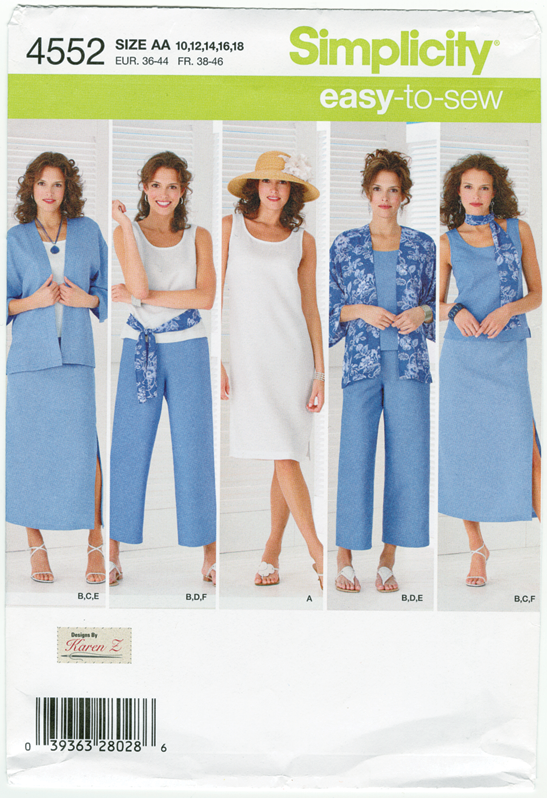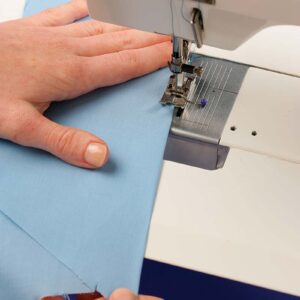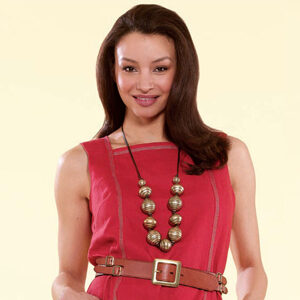One Dress, Four Ways
Give your favorite pattern a fresh look
When you find a pattern that looks good on you, fits correctly, and is easy to make, what more can you ask for? This article is about keeping what works in a basic dress while playing with style and construction details for exciting variations. I’ll show you how to create four unique dresses from one pattern.
The shift dress is a favorite of mine. It was the first garment I made when I was learning to sew. It is a style with endless possibilities, and I have been modifying it ever since my first version. The techniques I use are easy to apply to your staple patterns. All you have to do is draw a few new style lines and apply basic patternmaking to create new necklines and seamlines, plus add panels, pockets, and inserts. Embellishments, such as topstitching or trim, further change your modified garment’s mood and look.
We come to rely on standby patterns when we want guaranteed results. I want to inspire you with a few ways to give your dress wardrobe and your sewing a creative spark.
Begin with a pattern you love
For these projects, you need a basic sheath dress pattern, or create a new pattern based on a garment (see “Or work from a garment” below). Simple patterns or garments with clean lines offer the most opportunities for interesting design changes.
Start plain for impact and convenience
Avoid patterns with many pieces, princess seams, yokes, inserts, or other elaborate details. These are more challenging to use and often end up looking too busy when you start adding design changes.
The more alterations you make on one pattern piece, the more complicated the construction and fitting become. The garment design does not usually benefit from more than a few changes and can…
Start your 14-day FREE trial to access this story.
Start your FREE trial today and get instant access to this article plus access to all Threads Insider content.
Start Your Free TrialAlready an Insider? Log in


































Log in or become a member to post a comment.
Sign up Log in